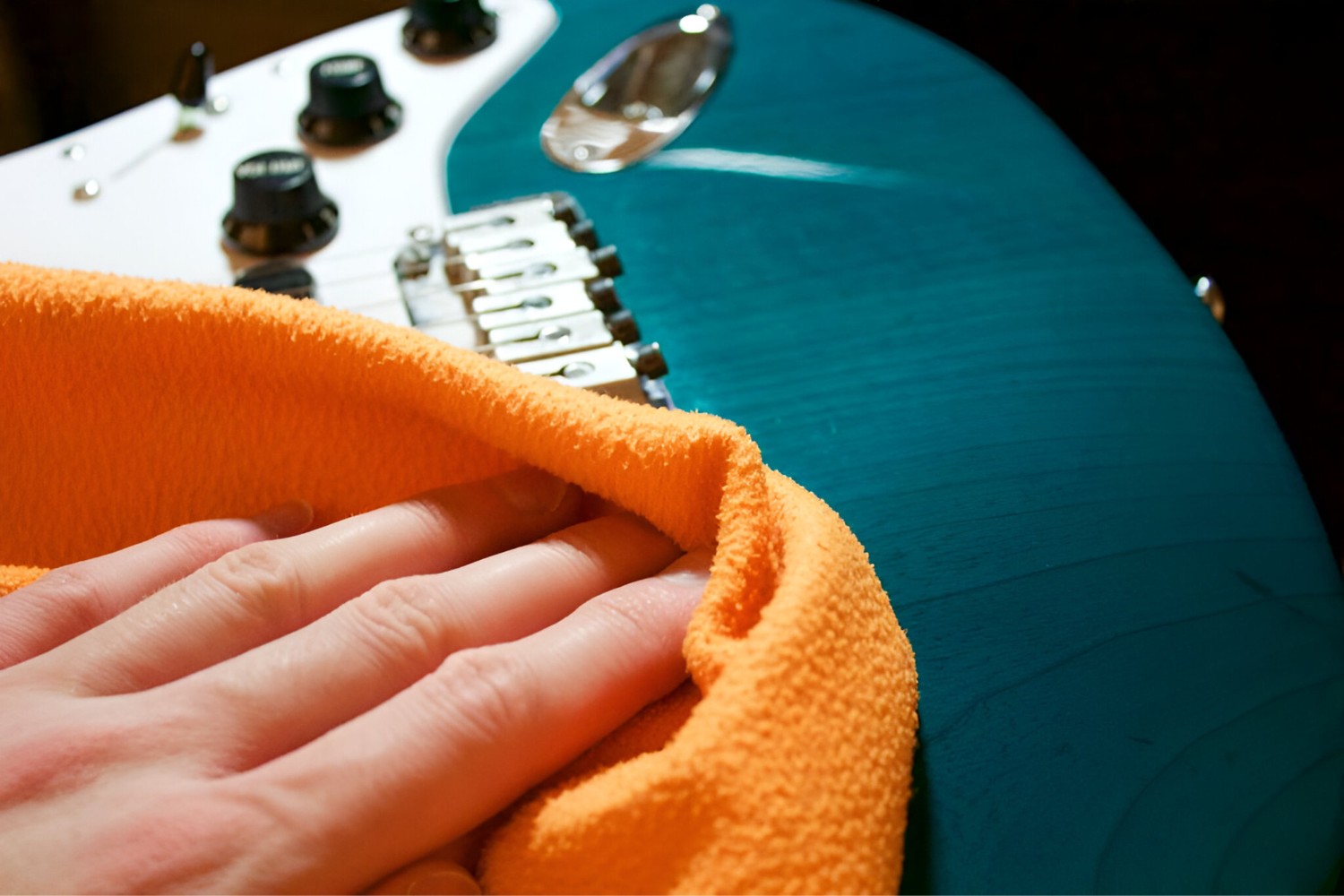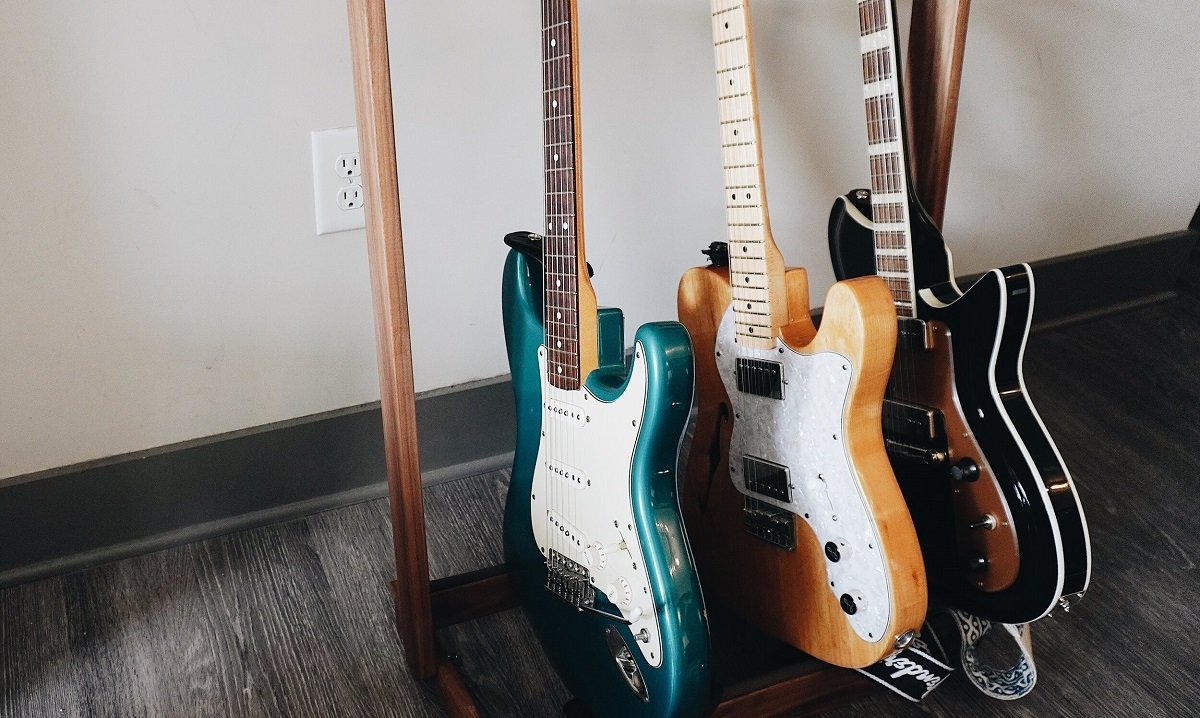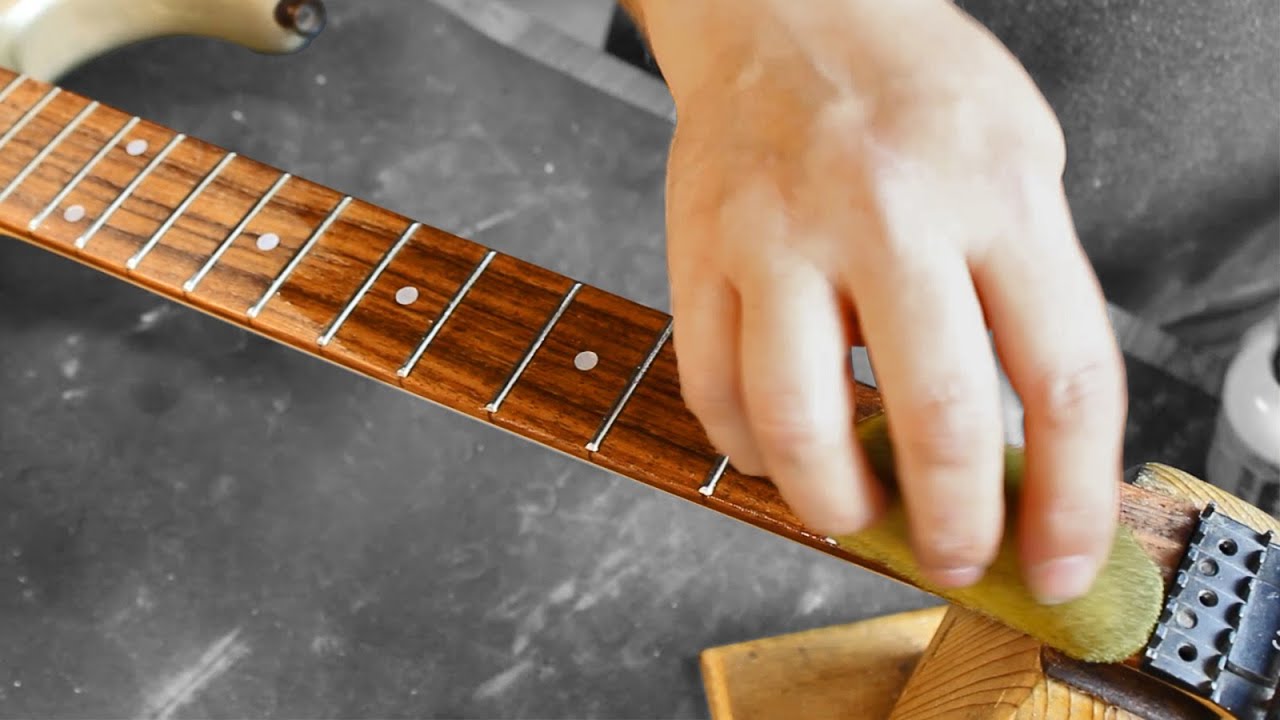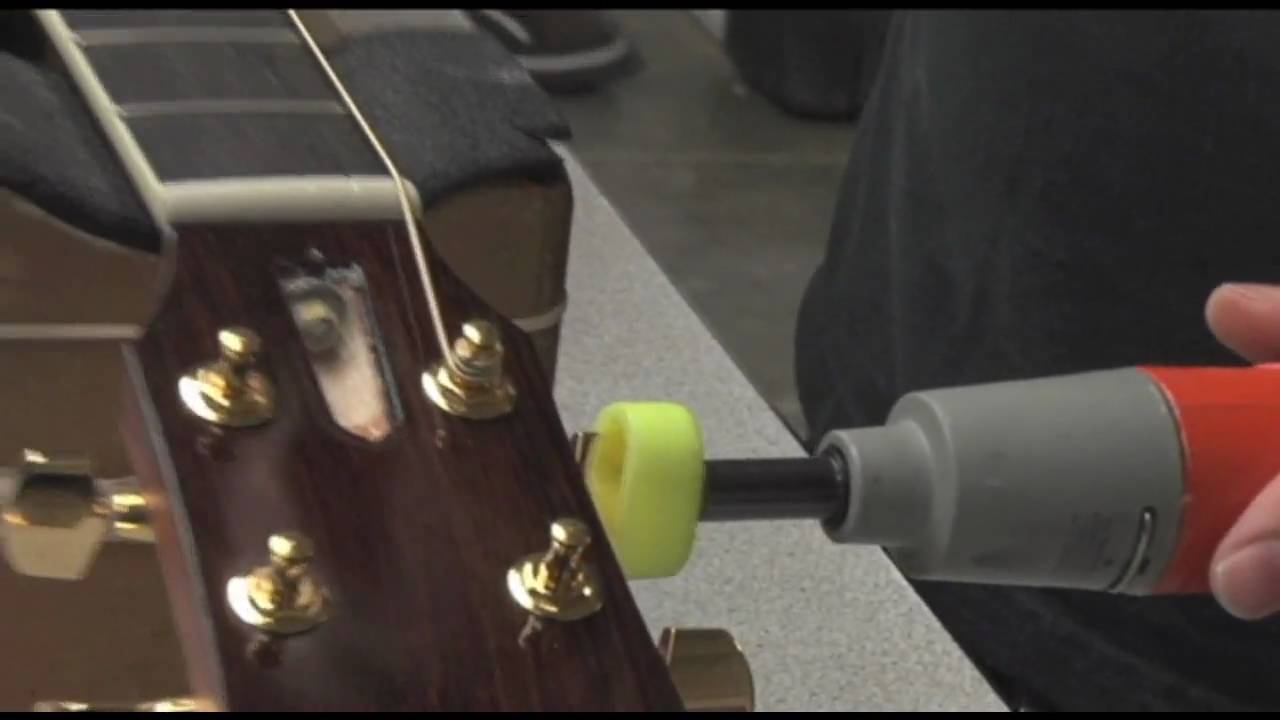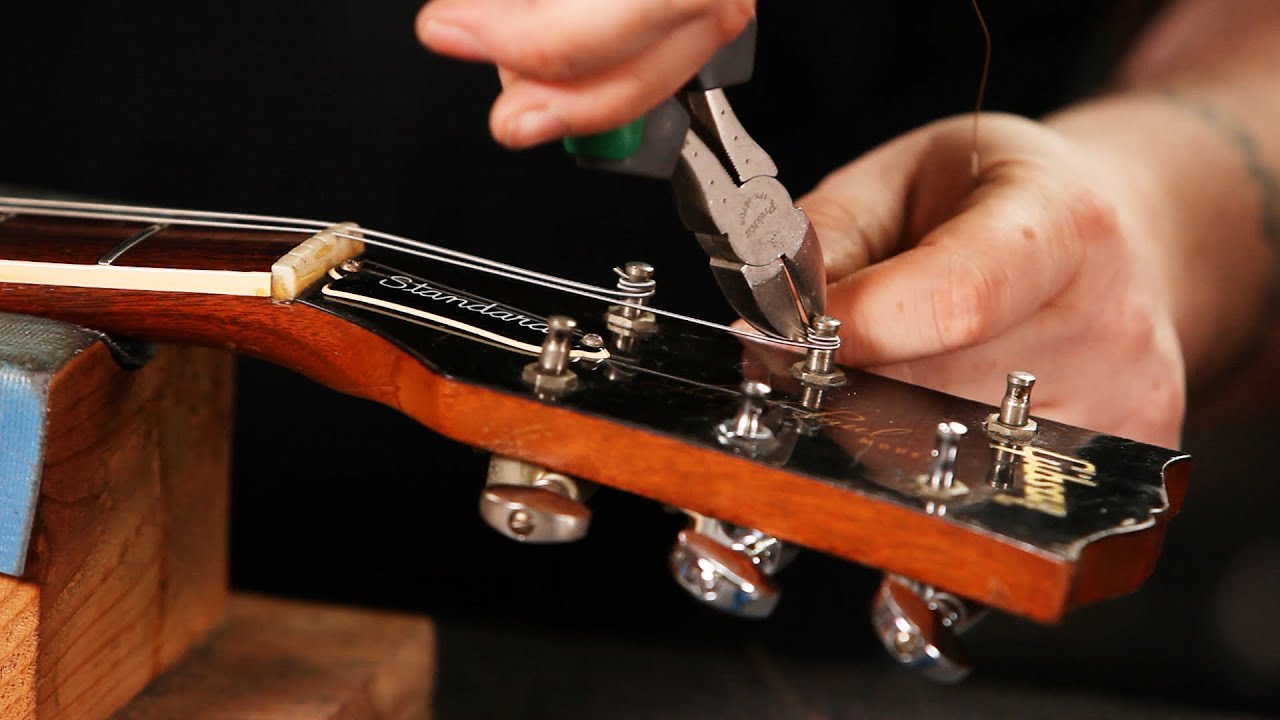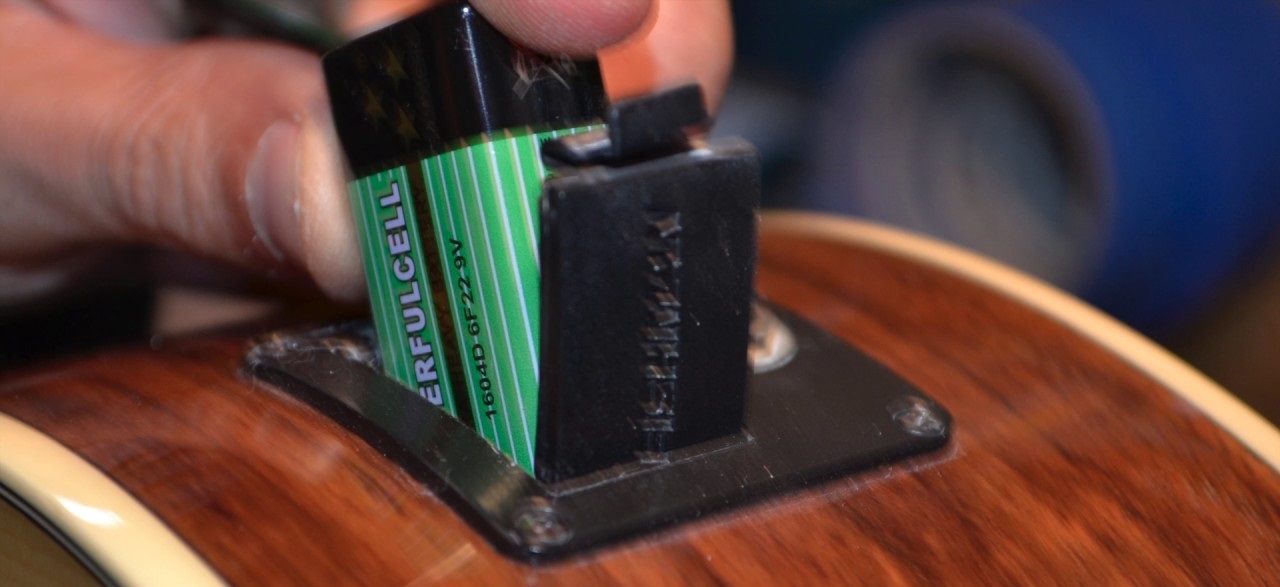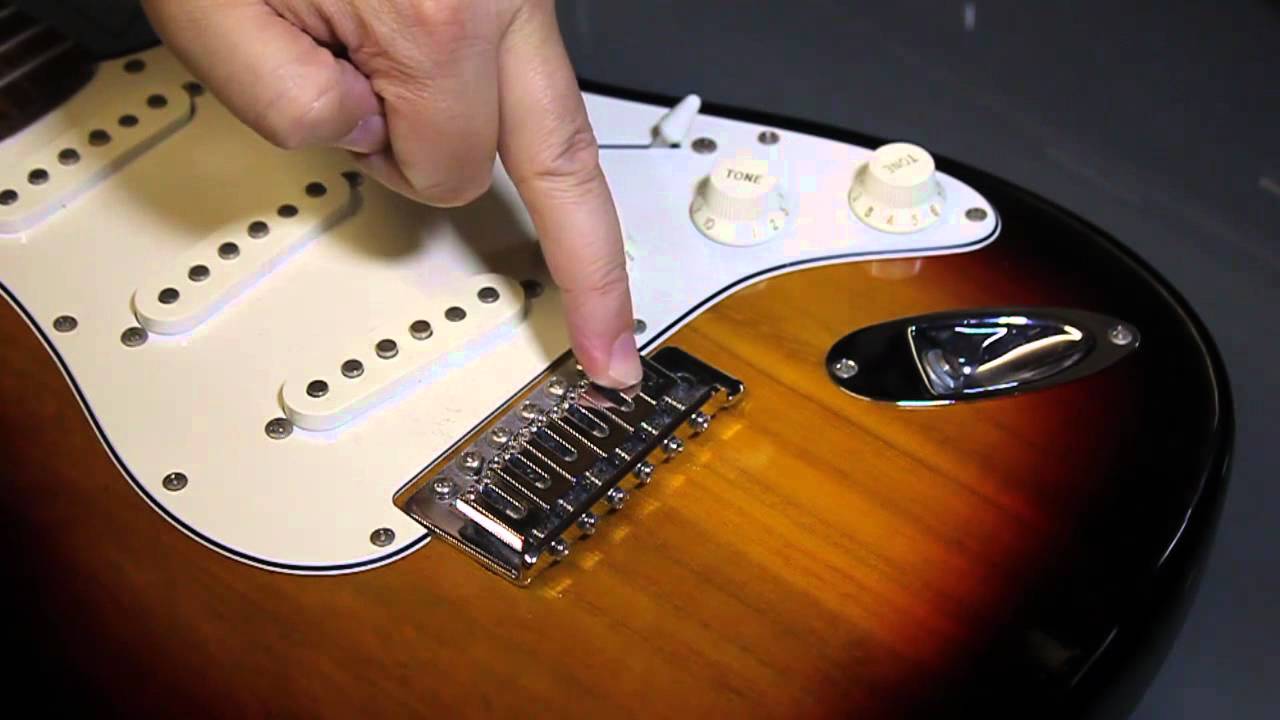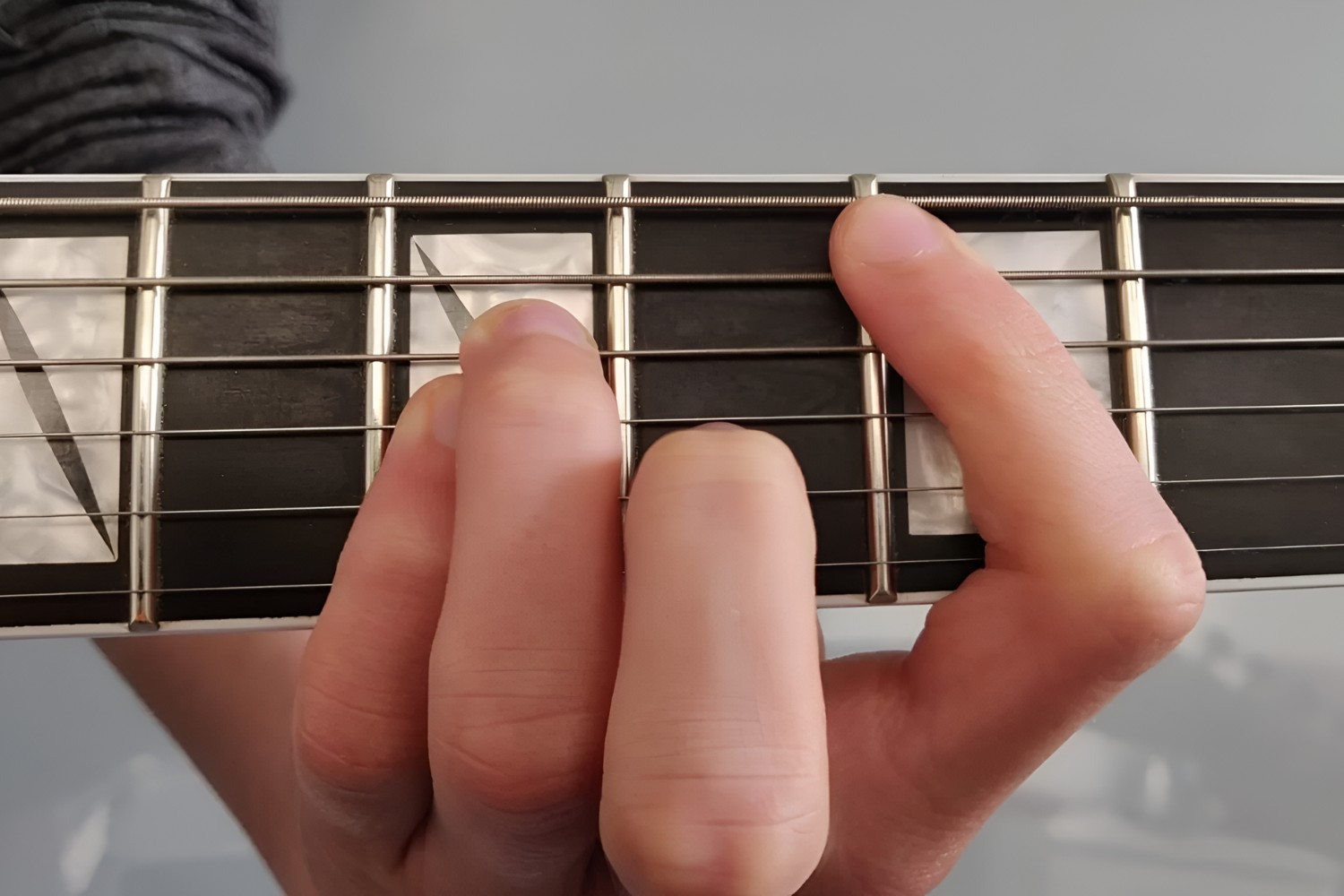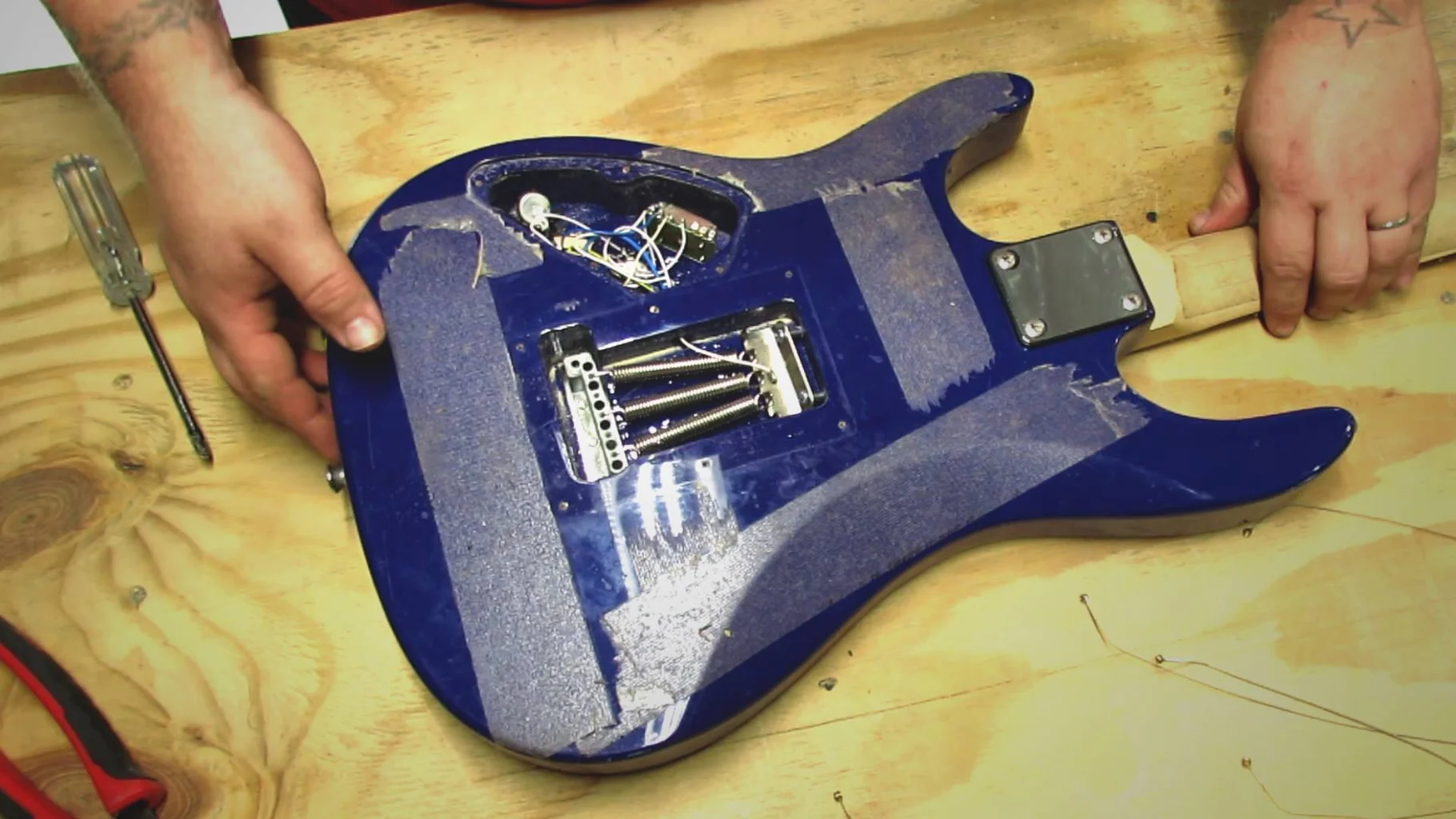Introduction
So, you've just finished a killer jam session with your electric guitar and now it's time to give it some well-deserved TLC. Keeping your electric guitar clean and well-maintained not only ensures it looks great but also plays and sounds fantastic. Whether you're a seasoned pro or just starting out, knowing how to clean your electric guitar is essential for its longevity and performance.
In this guide, we'll walk through the step-by-step process of cleaning your electric guitar. From removing dirt and grime to restringing, we've got you covered. By following these simple yet effective techniques, you can keep your electric guitar in top-notch condition and ready to rock at a moment's notice.
Cleaning your electric guitar isn't just about aesthetics; it's also about maintaining its playability and preserving its value. With the right tools and a little know-how, you can ensure that your instrument stays in prime condition for years to come. So, grab your guitar, roll up your sleeves, and let's dive into the art of electric guitar maintenance.
Cleaning the Body of the Guitar
The body of your electric guitar is the first thing that catches the eye, so keeping it clean is crucial for maintaining its visual appeal. Start by removing the strings to gain easy access to the entire surface of the body. Use a soft, lint-free cloth to wipe down the body, removing any dust, fingerprints, or smudges. For stubborn grime, a slightly damp cloth can be used, but be sure to dry the surface immediately to prevent moisture damage.
If your guitar has a glossy finish, a dedicated guitar polish can be applied sparingly to restore its luster. Avoid using household furniture polish, as it may contain chemicals that can damage the guitar's finish. For guitars with a matte finish, simply wiping with a dry cloth should suffice. Pay special attention to the areas around the pickups, bridge, and controls, as dirt and sweat tend to accumulate in these spots.
When cleaning the body, take the opportunity to inspect it for any signs of damage or wear. Look for dings, scratches, or cracks that may require attention. Minor scratches can often be buffed out with a suitable guitar polish, while more significant damage may need professional repair. By regularly cleaning and inspecting the body of your electric guitar, you can ensure it remains in top condition and ready to steal the spotlight on stage.
Cleaning the Fretboard
The fretboard of your electric guitar is where your fingers spend most of their time, making it prone to accumulating dirt, sweat, and grime. Proper maintenance of the fretboard is essential for preserving the playability and longevity of your instrument. Begin by loosening the strings to create space for thorough cleaning. Use a soft, dry cloth to remove any loose debris from the fretboard, paying close attention to the spaces between the frets.
For unfinished or rosewood fretboards, a small amount of lemon oil can be applied to condition the wood and remove stubborn dirt. Ensure that the oil is specifically formulated for use on guitar fretboards, as other types of oil may cause damage. Gently rub the oil into the fretboard with a clean cloth, allowing it to penetrate the wood before wiping off any excess. This process not only cleans the fretboard but also helps to prevent it from drying out and cracking.
For maple fretboards, which are typically finished with lacquer, a damp cloth can be used to remove dirt and sweat. However, avoid using any conditioning oils on maple fretboards, as they can cause the finish to become sticky or discolored. Once the fretboard is clean, carefully restring the guitar, taking care not to leave any excess oil or moisture on the strings or frets.
Regularly cleaning and conditioning the fretboard of your electric guitar not only enhances its appearance but also ensures a smooth playing experience. By incorporating fretboard maintenance into your guitar care routine, you can keep your instrument feeling and sounding its best, session after session.
Cleaning the Hardware
The hardware of your electric guitar, including the bridge, tuners, and pickups, plays a crucial role in shaping the instrument’s tone and performance. Keeping these components clean and free from dirt and corrosion is essential for maintaining optimal playability and sound quality. Start by removing the strings to gain access to the hardware, allowing for a thorough cleaning of each component.
Use a soft, dry cloth to wipe down the bridge, removing any accumulated dirt, sweat, or residue. For stubborn grime, a small amount of guitar polish can be applied to restore the shine and luster of the metal components. Take care to avoid getting any polish on the guitar’s body or other non-metallic parts. Additionally, use a small brush, such as a toothbrush or paintbrush, to clean hard-to-reach areas around the bridge and pickups.
The tuners, or machine heads, also require attention to ensure smooth and accurate tuning. Wipe down the tuners with a dry cloth to remove any dirt or dust, and use a small amount of lubricant, specifically designed for guitar tuners, to keep the mechanisms functioning smoothly. Avoid using WD-40 or other general-purpose lubricants, as they may attract dust and debris, leading to potential tuning issues.
When cleaning the pickups, exercise caution to avoid damaging the delicate components. Use a dry cloth to gently wipe the surfaces, removing any dirt or fingerprints. Take care not to apply excessive pressure or moisture, as this can affect the pickups’ performance. Regular maintenance of the hardware ensures that your electric guitar not only looks great but also performs at its best, allowing you to unleash your musical creativity with confidence.
Restringing the Guitar
Restringing your electric guitar is an essential aspect of maintenance, as it directly impacts the instrument’s playability, tone, and tuning stability. Over time, strings can lose their brightness and elasticity, affecting the overall sound and feel of the guitar. Additionally, regular playing and environmental factors can cause strings to accumulate dirt and sweat, further diminishing their performance. By mastering the art of restringing, you can breathe new life into your guitar and ensure it delivers the best possible performance.
Begin by removing the old strings one at a time, starting with the low E string and progressing to the high E string. Use a string winder to expedite the process, carefully unwinding each string from the tuning pegs. Once the old strings are removed, take the opportunity to clean the fretboard and hardware, as these areas are often difficult to access when the strings are in place.
Next, align the ball end of a new string with the corresponding bridge saddle, ensuring it is secured in place. Thread the opposite end of the string through the appropriate tuning peg, leaving enough slack to allow for several winds around the peg. Wind the string in the direction that tightens the coil as you tune it to pitch, ensuring that the winds are neat and secure. Repeat this process for each string, taking care to maintain proper tension and avoiding excessive winding.
After all the strings are installed and tuned to pitch, stretch each string gently to help them settle and stabilize. This can be done by grasping each string and pulling it away from the fretboard several times. Retune the guitar and repeat the stretching process until the strings hold their tuning more consistently. Finally, trim any excess string length from the tuning pegs, ensuring a clean and tidy appearance.
By restringing your electric guitar regularly and with care, you can optimize its playability and tonal characteristics, allowing you to explore new sonic possibilities and express your musical creativity with confidence.
Conclusion
Mastering the art of cleaning and maintaining your electric guitar is a fundamental skill for any guitarist, regardless of skill level. By following the step-by-step techniques outlined in this guide, you can ensure that your instrument remains in peak condition, both visually and sonically. Regular cleaning not only enhances the aesthetic appeal of your guitar but also contributes to its playability, tone, and longevity.
From cleaning the body and fretboard to maintaining the hardware and restringing, each aspect of guitar maintenance plays a crucial role in preserving the instrument’s overall performance. By incorporating these practices into your regular guitar care routine, you can enjoy consistent playability, improved tone, and a professional-looking instrument that inspires confidence both on and off the stage.
Remember, a well-maintained electric guitar not only looks great but also plays and sounds its best, allowing you to unleash your musical creativity with ease. So, grab your cleaning supplies, set aside some time for maintenance, and give your electric guitar the care it deserves. With a little effort and attention to detail, you can keep your guitar in prime condition and ready to rock for years to come.







